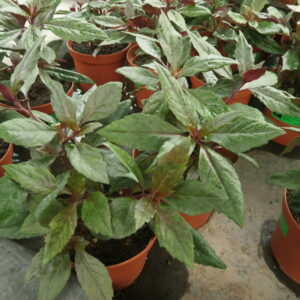
Basil, Tulsi Shyana
₡1,900.00
Out of stock
Related products
-
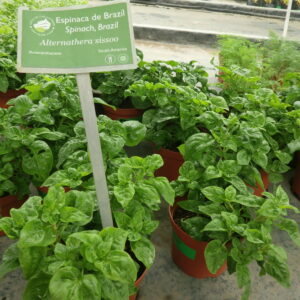
Spinach, Brazil
Culinary Garden ₡1,900.00 Add to cart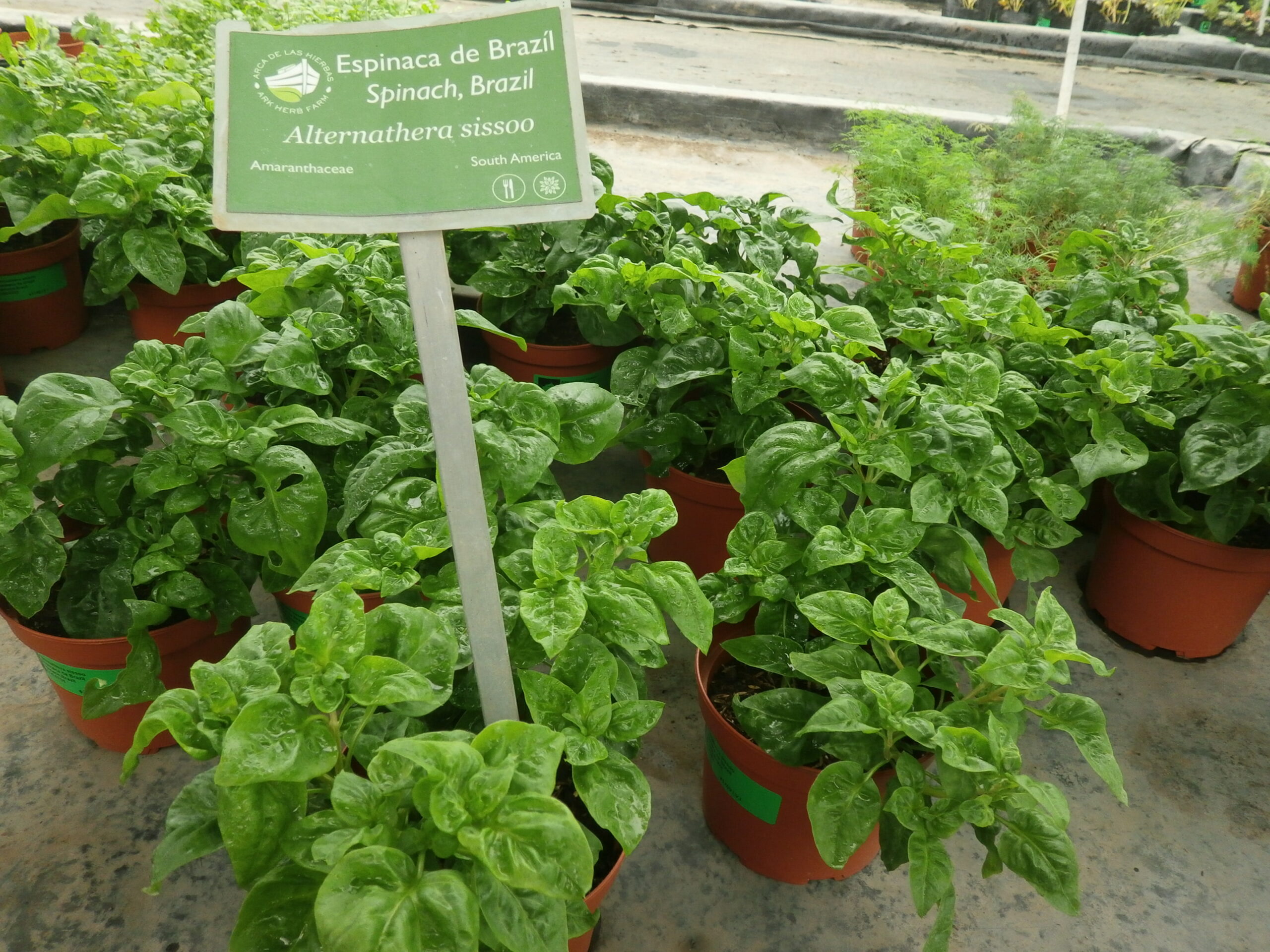
Spinach, Brazil
₡1,900.00
SKU: 0705 Category: Culinary GardenScientific name: Alternanthera sissoo
Family: Amaranthaceae
Origin: S America
Medicinal use:The leaves are crisp, slightly more so than temperate spinach, and not slimy. Some cultivars are slightly bitter. Reportedly, Brazilians generally eat it raw in salads with oil or vinegar, tomato and onion, although the literature recommends cooking it. Sissoo spinach can be added to quiches, cakes, curries, dals, pasta sauces, lasagna, or added to dishes and stir-fries at the end of the cooking process as a substitute for spinach and to add a nutty flavor.
65 in stock
-
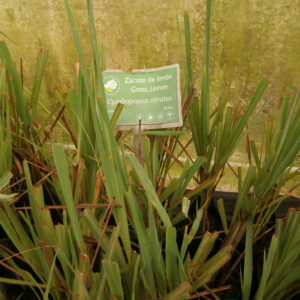
Grass, Lemon
Chinese, Culinary Garden, Medicinal Garden ₡1,900.00 Add to cart
Grass, Lemon
₡1,900.00
SKU: 2000 Categories: Chinese, Culinary Garden, Medicinal GardenScientific name: Cymbopogon citratus
Family: Poaceae
Origin: SE Asia and E India
Medicinal use: It is used in Asian cuisine, especially in Thailand. In, it is one of the most used herbs to prepare tereré, the traditional drink of the country. Lemon tea, also known as lemon grass or zacatillo, is a citrus-scented plant native to India which is rich in antioxidants that help to relieve pain. One of the most important properties of this plant is that it helps lower the cholesterol level due to its antihypercholesterolemic properties.
27 in stock
-
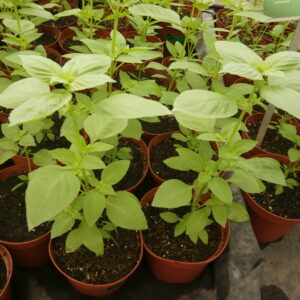
Basil, Lemon
Culinary Garden ₡1,900.00 Add to cart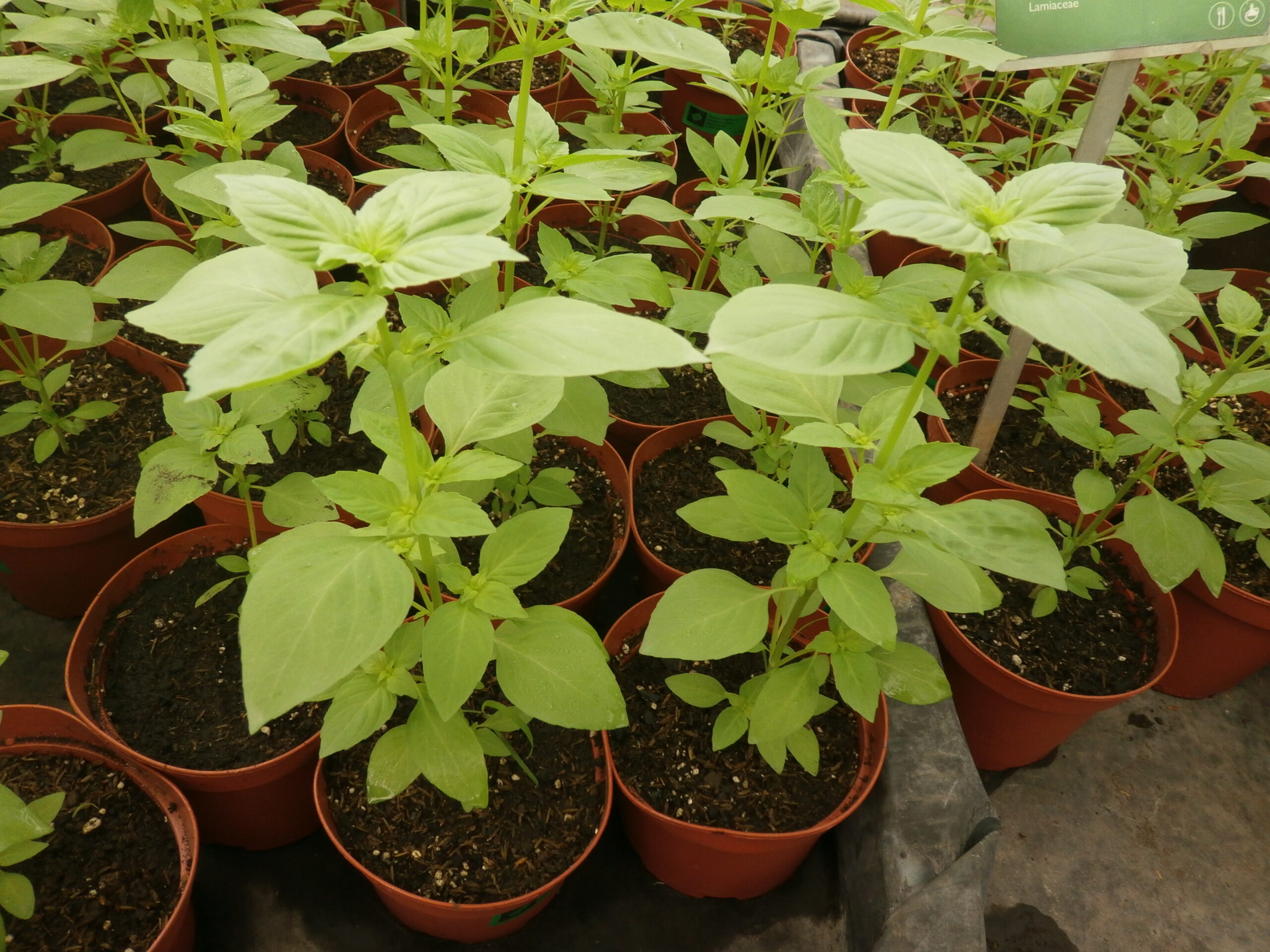
Basil, Lemon
₡1,900.00
SKU: 0100 Category: Culinary GardenScientific name: Ocimum basilicum
Family: Lamiaceae
Origin: S Asia and NE Africa
Medicinal use: In Laos, lemon basil is widely used in curries, stews, and fried dishes as it is the most commonly used type of basil in Laos. Many of the stews of Lao cuisine require the use of lemon basil. It is often eaten raw in salads or lalap (raw vegetables) and accompanied by sambal. Lemon basil is often used to flavor certain Indonesian dishes, such as curries, soups, stews, or steamed or grilled dishes.
15 in stock
-
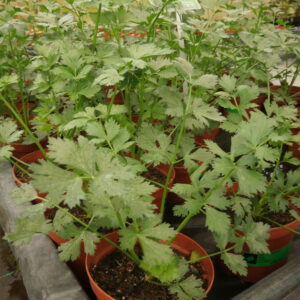
Celery
Culinary Garden ₡1,900.00 Add to cart
Celery
₡1,900.00
SKU: 0165 Category: Culinary GardenScientific name: Apium graveolens
Family: Apiaceae
Origin: Mediterranean
Medicinal use:Celeriac root can be used raw or cooked. Celeriac meat is tough and compact and off-white. Celeriac has a mild flavor and is often used as a flavoring in soups and stews, although it is increasingly being used on its own, usually pureed, or in stews, gratins, and baked dishes. In any case, celery is very positive in the human diet due to its high content of dietary fiber, vitamins and minerals, in addition to being considered a good diuretic due to the high percentage of water.
18 in stock

